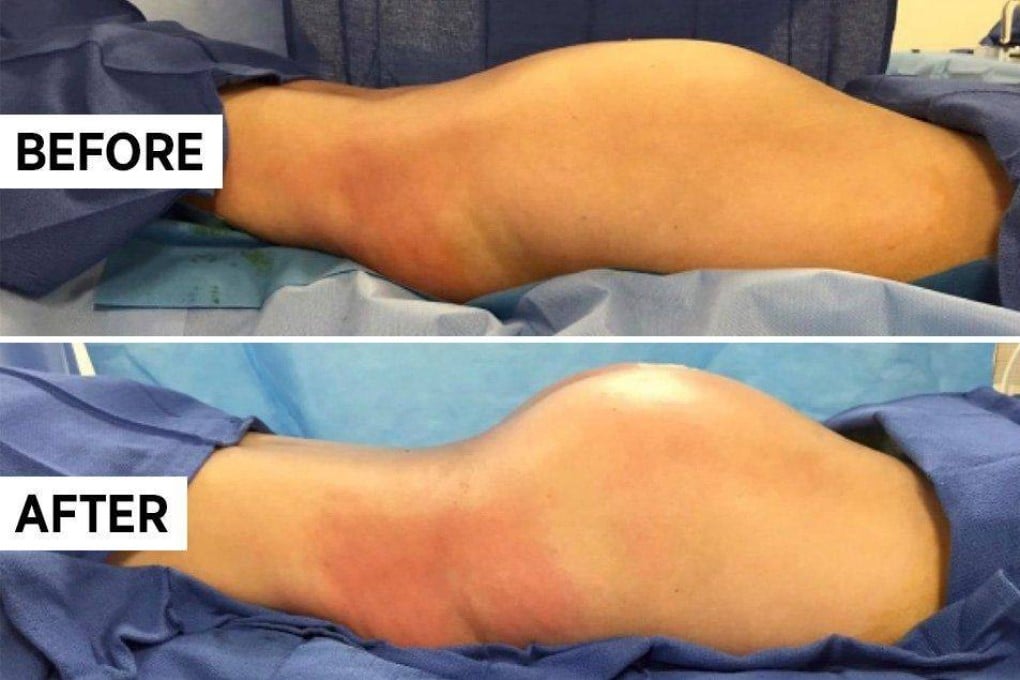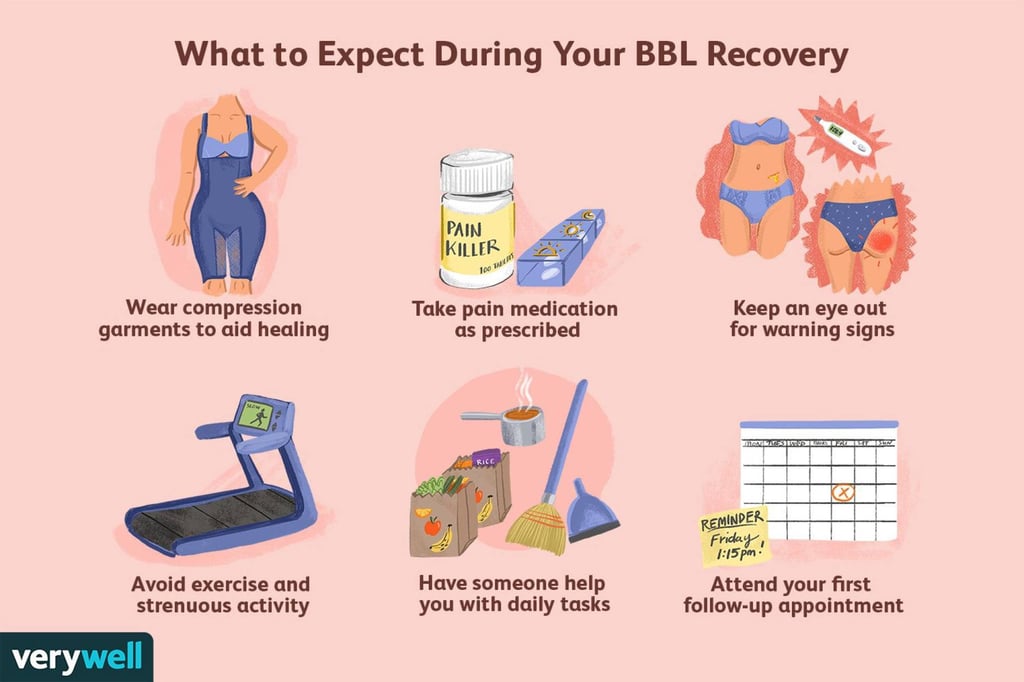Explainer | Why the Brazilian butt lift is the deadliest cosmetic surgery procedure, what the risks are and the requirements for recovery
- The Brazilian butt lift is a procedure – with a mortality rate as high as one in 3,000 – involving liposuction and fat grafting to add volume to your buttocks
- Doctors explain everything about it, from what the surgery entails, to why it is more risky than other procedures, to what to expect during recovery

Beauty standards have changed dramatically in the past few years and we have seen many plastic surgery trends rise and fall.
The Brazilian butt lift, while not new, is at its peak right now. It is a procedure involving liposuction and fat grafting to add volume to, define and lift your buttocks.
There are side effects and dangers attached to having a BBL, which is considered one of the deadliest cosmetic procedures – something that not enough people talk about. If you are considering getting one, you should make sure you understand everything the surgery entails, from risks to post-op care.

What is a BBL?
A Brazilian butt lift is an outpatient procedure where the surgeon extracts fat from different parts of your body – such as your thighs, arms, hips, abdomen and lower back – and injects it into your glutes. This has two benefits – it slims down those areas, and adds size to your rear.